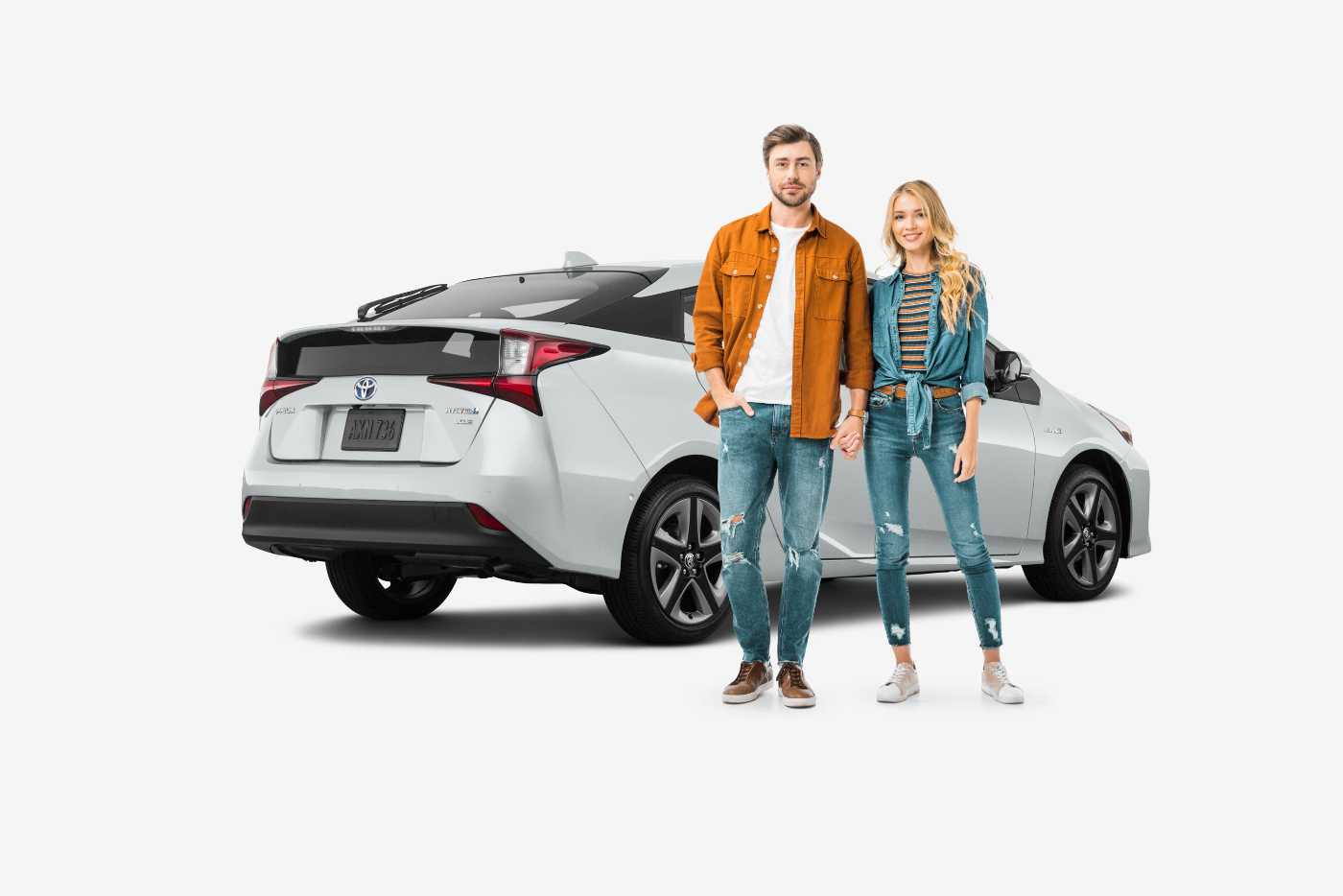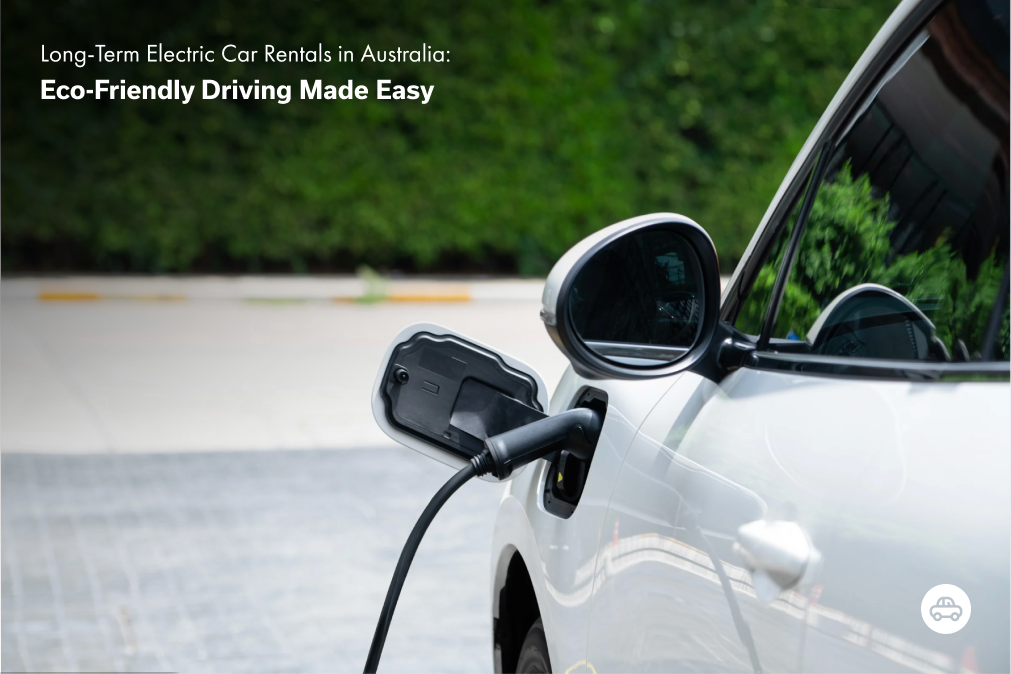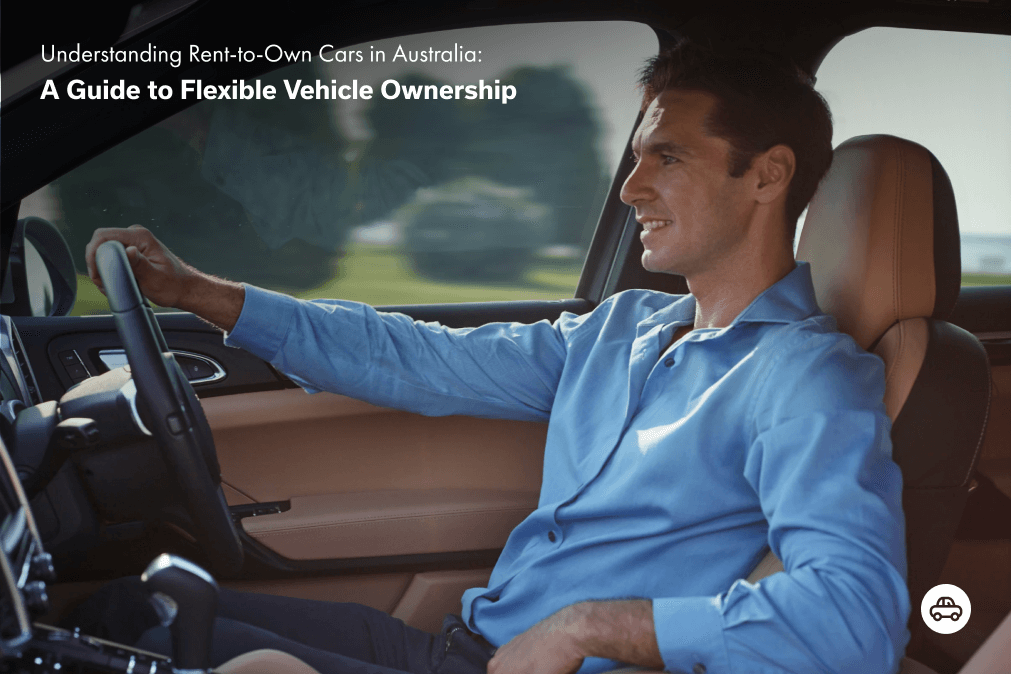When selling a car in Australia, timing can significantly maximise your returns and help you find the right buyer. While there isn’t an absolute “one-size-fits-all” answer, understanding car sales trends and statistics can provide valuable insights for a successful transaction.
On this page:
Timing considerations for selling your car in Australia
For instance, a well-known good time to consider selling a vehicle is the end of the financial year (EOFY), which falls on June 30th in Australia. At this time of the year, businesses and individuals scramble to optimise tax incentives or utilise budget allocations, leading to a rise in demand for used cars. Capitalising on this period can attract motivated buyers and increase your chances of securing a favourable deal for even a luxury car or a sports car.
However, there are other seasonal trends that influence the automotive market. The first and last quarters of the year, spanning from January to March and October to December, respectively, often witness a surge in car sales.
Plus, factors such as the release of new models, tax returns, and the holiday season contribute to this heightened demand. By aligning your selling timeline with these seasonal peaks, you can tap into a larger pool of potential buyers seeking their dream wheels at the best price.
Apart from general trends, it’s crucial to consider local events that draw crowds and present an ideal selling platform. If you reside in a city or region hosting significant events or festivals, these gatherings attract numerous visitors, including individuals interested in purchasing vehicles. Seizing the opportunity to sell your car during or before these events could help you get the attention of motivated buyers looking to purchase amidst the excitement.
Taking advantage of new model releases: a prime time to sell your car
Introducing a new model often generates interest and excitement among car enthusiasts and potential buyers. The common misconception is that this only applies to luxury cars, but it applies to all vehicle segments.

When a new model is released, some car owners may choose to sell their current vehicles to upgrade to the latest version. This can be driven by factors such as the desire for the latest features, improved performance, enhanced fuel efficiency, or simply the appeal of owning a newer model.
Automotive manufacturers typically release new models regularly, often following an annual cycle. These new releases may vary across different car brands and models. As a result, the number of Australians selling their cars in conjunction with new model launches can fluctuate throughout the year. Usually, Australians will sell when there is a significant facelift introduced to the vehicle they own. For instance, when a facelift for the Corolla is introduced, many people will sell to upgrade.
Australians are trading in petrol vehicles for EVs
Australia is witnessing an electric vehicle (EV) revolution, with a remarkable surge in EV adoption over the past year. Sales data from 2022 reveal that the number of EVs in the country nearly doubled, soaring from 44,000 to an impressive tally of over 83,000. This surge highlights a growing momentum toward cleaner, more sustainable transportation options as people sell their old cars for shiny new EVs.
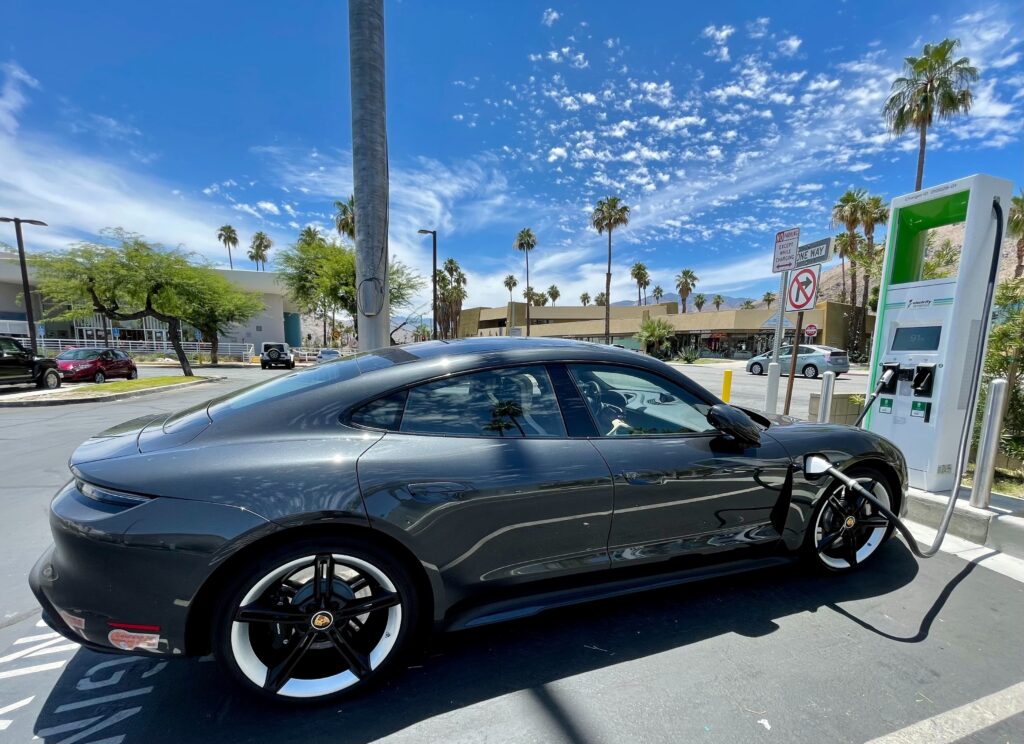
The surge of electric vehicle adoption in Australia: a growing trend
The Australian EV market experienced a significant boom in 2022, with the total number of EVs doubling within a year. Out of the 83,000 EVs currently in circulation, an overwhelming 79% are battery electric vehicles (BEVs), while the remaining 21% comprise plug-in hybrids (PHEVs). This shift towards BEVs signifies a rising preference for emissions-free driving and a commitment to reducing carbon footprints. Plus, EVs may encounter fewer significant repairs as there are fewer mechanical parts.
The rise of Tesla Model 3: Australia’s Top Choice in EVs
Tesla has understandably emerged as the frontrunner in Australia’s electric revolution. The Tesla Model 3 claimed the throne as the most purchased EV in 2022, boasting an impressive sales figure of 10,877 units. Additionally, the Tesla Model Y showcased its popularity, with 8,717 units sold. These numbers demonstrate the widespread appeal of Tesla’s cutting-edge technology and that Australians are willing to part with their gasoline vehicles and take up the current challenge of owning a Tesla or similar electric vehicle despite the higher selling price.
The Australian Capital Territory (ACT) shone as a beacon of EV adoption among the Australian states and territories. In 2022, approximately 10% of all new cars purchased in the ACT were electric, showcasing a remarkable surge from the 5% recorded in 2021.
So, selling your car may make sense if you own a gasoline-powered car and want to upgrade to an EV. While most people in rural Australia may find it challenging, there is growing adoption in major cities like Brisbane and Sydney, among others.
Other signs it’s time to part with your used car
Deciding to sell a car is a significant decision. While we have discussed some of the most common reasons above, there are other reasons why you should consider selling the vehicle.
The signs will vary for everyone, but generally speaking, they clearly indicate that it’s the right time to part ways with your current vehicle.
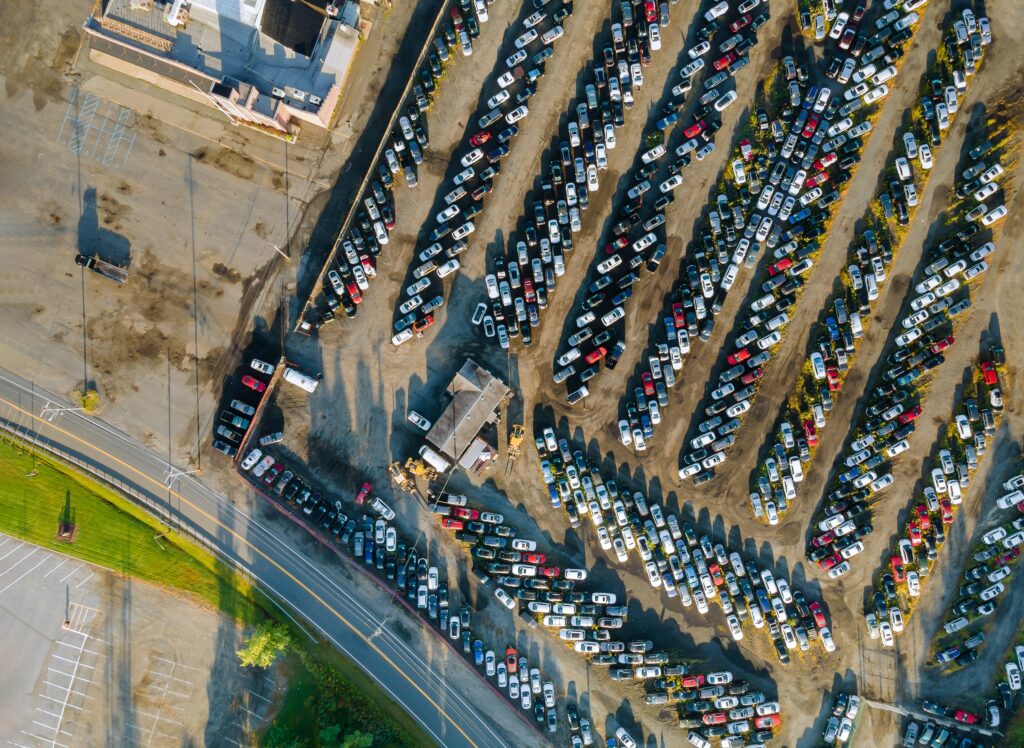
Here are a few more common signs that it may be time to sell your car:
Evolving needs
So, the one thing about life is that things are constantly changing. Fortunately for many Australians, it is changing for the better.
As life circumstances evolve, your vehicle needs may change. For example, starting a family might require a larger car or one with enhanced safety features. On the other hand, older couples whose children have moved out may consider that downsizing to a smaller and more fuel-efficient vehicle could be a practical choice.
Some Australians may want to upgrade to an SUV, mainly because they are moving out of the big city and thus need a vehicle that can handle country roads and be able to accommodate monthly grocery runs. On the other hand, someone moving into a city like Sydney, where parking is at a premium, may consider a smaller vehicle, like a hatchback, more practical.
It all boils down to assessing your current and future needs.
Rising costs of parts merit buying a new car
If your car is old or has a less common make or model, you may need help finding affordable parts or a reliable mechanic compared to someone who owns a brand-new car. Rising costs for repairs and maintenance can accumulate over time, making it financially impractical to keep the vehicle. If sourcing parts becomes a significant hurdle or repair costs exceed the car’s value, selling it may be a sensible option.
However, very few Australians may find themselves in this situation unless they own a vehicle over 40 years old or have a brand of vehicle that has long been discontinued. That said, if the cost of ownership increases because the car is past its prime, that is also a reason to consider selling the vehicle.

Normally, people in the market for classic cars or rare vehicles will be interested in your vehicle.
Lost faith in the vehicle
If you constantly worry about your car’s reliability and experience frequent breakdowns or expensive repairs, it can erode your confidence in the vehicle.
Most people reading this have, at some point, experienced the constant stress associated with their car’s performance and potential reliability issues. In such cases, selling the car and investing in a more dependable vehicle can provide peace of mind and restore faith in your mode of transportation. Ideally, people who use their vehicles as daily drivers should invest in a newer model or a new car, whichever they can afford.
Economic considerations
One of the key economic factors that can prompt the decision to sell a car is the rise in fuel prices. As fuel costs increase, owning a gas-guzzling vehicle can become financially burdensome, especially if you have a long commute or frequently drive long distances.
Most Australians are already transitioning to a more fuel-efficient car, often choosing a hybrid or electric vehicle. The choice can lead to significant savings in fuel expenses and contribute to a greener lifestyle.
It is worth noting that rising gas prices in Australia directly impact the resale value of larger, less fuel-efficient vehicles. If you anticipate a continued upward trend in fuel costs, it might be a good time to sell your car before its value depreciates further.
Identifying the worst time to sell your car
We’ve already highlighted the best times to sell your vehicle earlier. However, there are times of the year when you should avoid putting your vehicle on the market. Not that it will not sell; there is a chance that your vehicle may still sell, but it will take longer and often be harder to do.
Knowing when not to sell your vehicle means avoiding having to accept less than what your vehicle should be worth. Plus, you can sell at any time of the year other than the ones listed below.
Holiday season
The holiday season, particularly around Christmas and New Year’s, is often challenging to sell a car in Australia. Many Australians are preoccupied with holiday expenses and may not prioritise purchasing a vehicle during this time. Additionally, most potential buyers may be away on vacation or have limited time and attention for car shopping.
Ideally, you will want to wait to sell your vehicle until a few weeks after the holiday season.
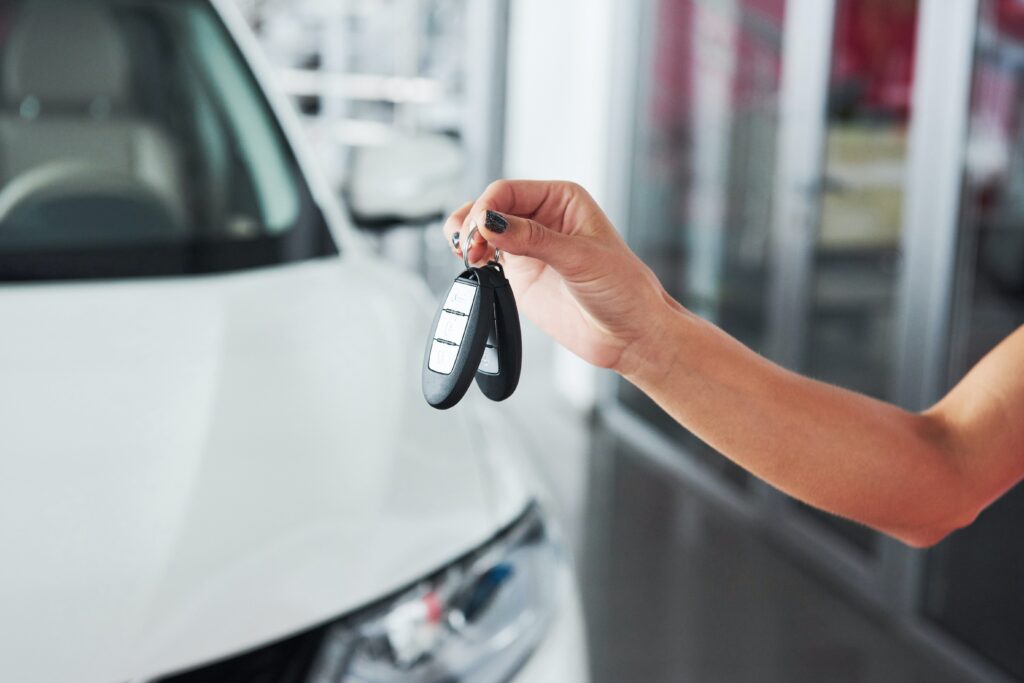
Tax return season
Contrary to popular belief, the period immediately after the tax return season, typically around late July and August, can be a less favourable time to sell a car. After receiving their tax refunds, many individuals have made significant purchases or investments, leaving them with less disposable income to consider buying a vehicle.
So if you want to sell around this time, May to June will be your best bet, as Australians have the money to spend on a vehicle.
School holidays
School holiday periods, such as summer break or mid-year holidays, can affect car sales.
Most Australian families are occupied with making travel plans and other activities, diverting their attention from car purchases. Moreover, during school holidays, some dealerships and businesses may have reduced operating hours or staff, which can impact the car-selling process if you want to sell to a dealership.
Economic downturns
Car sales tend to decline during periods of economic uncertainty or downturns, such as a recession or financial crisis. Australians may be known for being big spenders. Still, they may need to be more cautious with spending, delay purchasing decisions, or opt for used cars or more economical options instead of new vehicles. In such circumstances, selling a car can be more challenging and require additional marketing efforts or price adjustments.
Usually cars depreciate the most during economic downturns as they are not a priority for most people.
The best way to sell your car
Once you have identified the best time to sell your car, the next thing you’re probably asking is, “What is the best way to sell it?” Carbar makes selling your car quick and easy for a fair price. You don’t need to take our word for it; read how carbar compares to other car-selling methods.
The beauty of selling your car to carbar is that the time of year or economic conditions do not matter. The company buys cars all year round, and if you’re looking to offload the vehicle or probably upgrade to the latest model, the entire process takes just a few days. So, there is less stress and time consumed, plus all this without compromising the price of the vehicle or your privacy!

